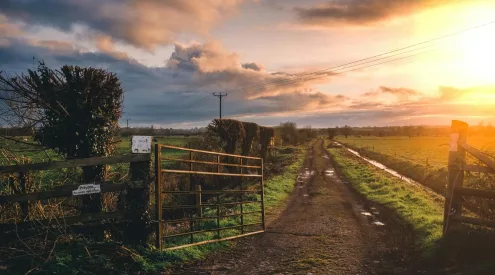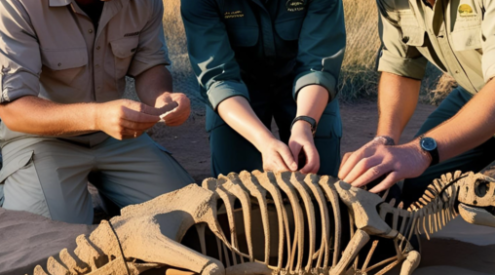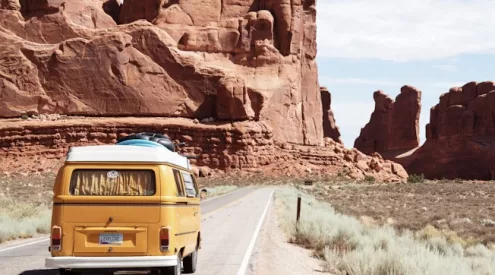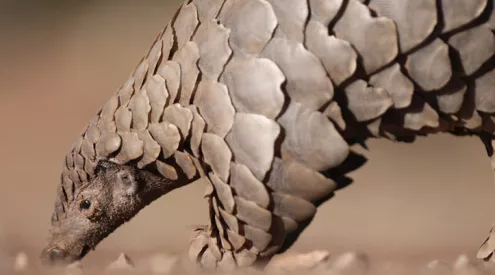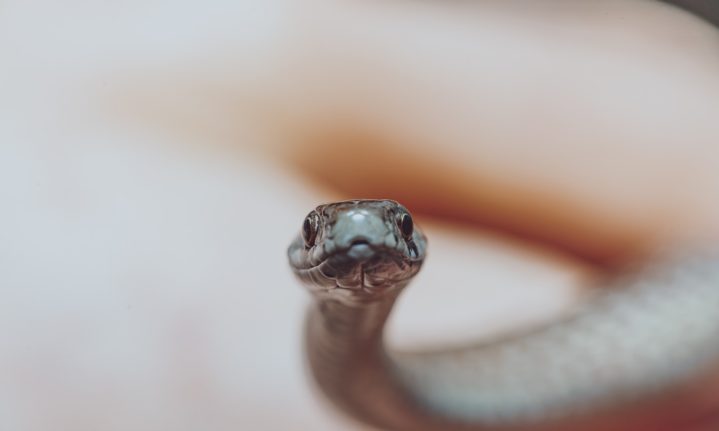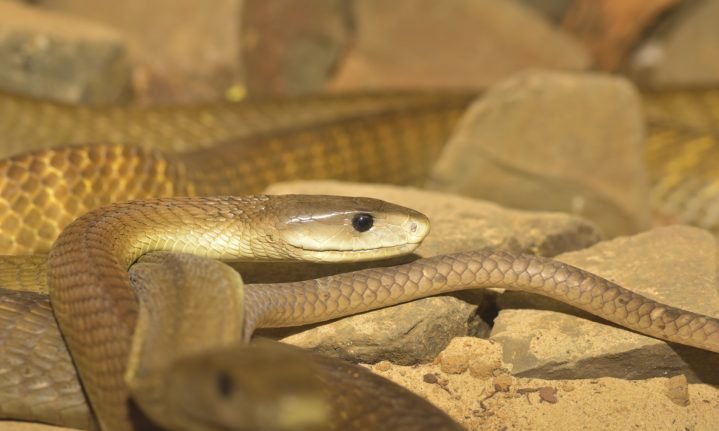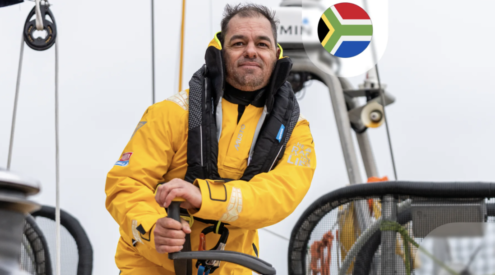The summery weather suits us, and our slithering snake pals are rather fond of it too. It is peak snake season now and Kwa-Zulu Natal is seeing its fair share of snake sightings.
We spoke to Durban’s self-proclaimed ‘snake man’ and reckon we could all benefit from his experience and advice this summer when snake activity is at its highest.
Jason Arnold has been involved with snakes for 26 years and started handling and removing unwanted snake visitors professionally in 1999. He prefers to work alone, but will sometimes bring his wife along just to have someone with him. Arnold says the biggest mistake people make when they encounter a snake is trying to be a hero by catching or killing them. This is best left to experts like him.
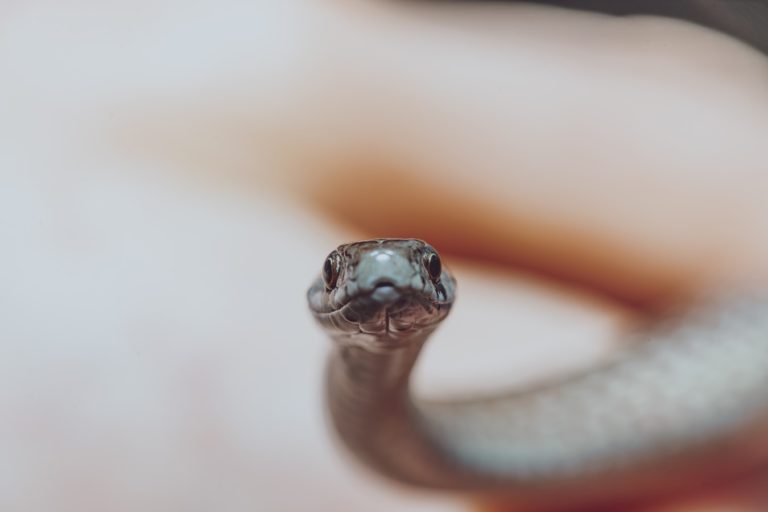
Image credit: Unsplash
According to Arnold, the peak season in South Africa runs from September to November as this is the breeding season when snakes tend to be quite active, going around in search of mates. Snakes are also still very active between December and February because of the heat. The reptiles’ increased activity as they seek the sun also means that their metabolisms speed up, and they need more food as they’re digesting it more quickly.
Snake activity actually peaks again between March and May as winter approaches and the scaly creatures get out and about to try to get more food to stock their fat reserves and sun themselves as much as possible before the cold sets in.
Snakes will venture indoors or into gardens for some respite from the heat, in search of cool and shaded spots.
Jason often removes many harmless snakes like spotted bush snakes and brown house snakes. Highly venomous species, and thus the more dangerous ones, are black and green mambas, Mozambique spitting cobras, stiletto snakes, vine snakes and the boomslang.
View this post on Instagram
If you encounter a snake, you should give the experts a ring, and if you or someone around you is bitten, the best thing to do is to go straight to the hospital. Bites should be taken seriously – the average person doesn’t know what sort of snake they’re dealing with, and waiting for the effects or symptoms of a bite to subside or actually settle in is risky.
’10-15 minutes of waiting could be the difference between life and death. Go straight to the hospital and do the waiting there,’ Arnold advises.
If you’re out in the middle of nowhere or waiting to receive treatment, Jason advises that patients remain as calm and still as possible. Movement will increase the heart rate and thus the blood flow, which could cause venom to circulate around the body and be absorbed quicker.
‘Everything I catch is returned to the wild into areas where they naturally occur and where they are further away from people that could harm them,’ says Arnold.
When asked if he had any favourite species, he had two answers. In terms of ‘prettiness’ he opted for the gaboon adder, also known as the gaboon viper (Bitis gabonica), but he enjoys working with black mambas (Dendroaspis polylepis).
‘They’re pretty intelligent and nice to work with. They’re not the snakes people make them out to be,’ he says of black mambas, one of the most dangerous species of snakes in the world. ‘It’s exciting, and they give me a bit of a run for my money, but they’re like the great white sharks of the snake world.’
View this post on Instagram
‘People in general have this crazy idea that snakes are alien and don’t belong here, and should be killed on sight as they are a danger to people. Snakes, however, are a natural part of the ecosystem and their existence is actually very important in maintaining the natural balance.’
He adds: ‘If people are so worried about their lives, they should look at ridding the earth of cars, which kill hundreds of thousands more people each year than snakes do.’
The African Snakebite Institute is a great resource for finding out more about snake species and safety.
Featured image: Unsplash

